APS 2012 Annual Report Download - page 54
Download and view the complete annual report
Please find page 54 of the 2012 APS annual report below. You can navigate through the pages in the report by either clicking on the pages listed below, or by using the keyword search tool below to find specific information within the annual report.-
 1
1 -
 2
2 -
 3
3 -
 4
4 -
 5
5 -
 6
6 -
 7
7 -
 8
8 -
 9
9 -
 10
10 -
 11
11 -
 12
12 -
 13
13 -
 14
14 -
 15
15 -
 16
16 -
 17
17 -
 18
18 -
 19
19 -
 20
20 -
 21
21 -
 22
22 -
 23
23 -
 24
24 -
 25
25 -
 26
26 -
 27
27 -
 28
28 -
 29
29 -
 30
30 -
 31
31 -
 32
32 -
 33
33 -
 34
34 -
 35
35 -
 36
36 -
 37
37 -
 38
38 -
 39
39 -
 40
40 -
 41
41 -
 42
42 -
 43
43 -
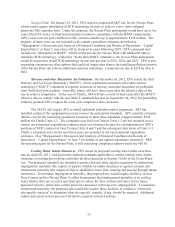 44
44 -
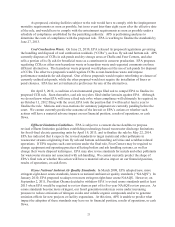 45
45 -
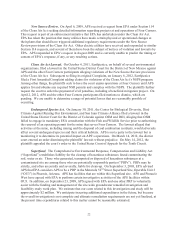 46
46 -
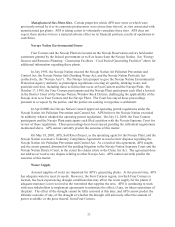 47
47 -
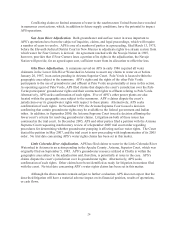 48
48 -
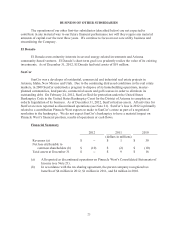 49
49 -
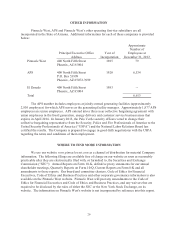 50
50 -
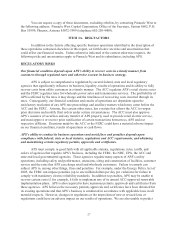 51
51 -
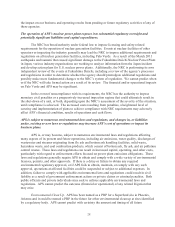 52
52 -
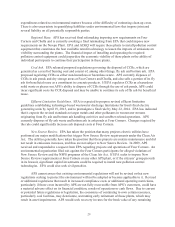 53
53 -
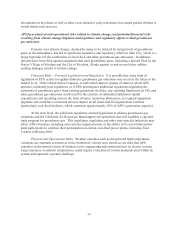 54
54 -
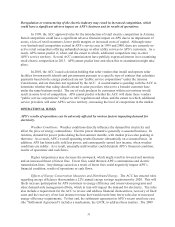 55
55 -
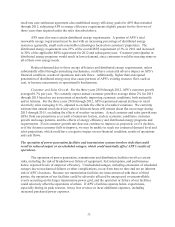 56
56 -
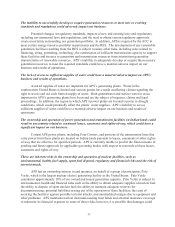 57
57 -
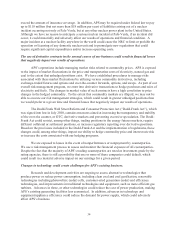 58
58 -
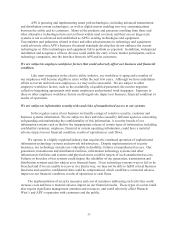 59
59 -
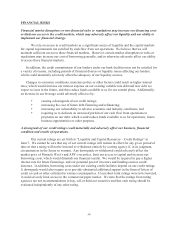 60
60 -
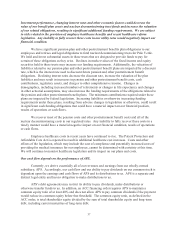 61
61 -
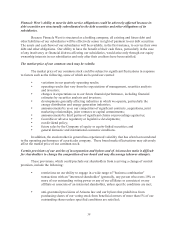 62
62 -
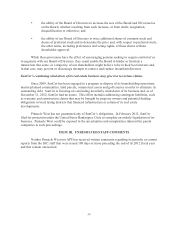 63
63 -
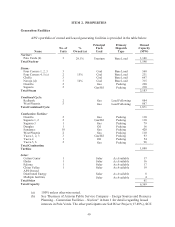 64
64 -
 65
65 -
 66
66 -
 67
67 -
 68
68 -
 69
69 -
 70
70 -
 71
71 -
 72
72 -
 73
73 -
 74
74 -
 75
75 -
 76
76 -
 77
77 -
 78
78 -
 79
79 -
 80
80 -
 81
81 -
 82
82 -
 83
83 -
 84
84 -
 85
85 -
 86
86 -
 87
87 -
 88
88 -
 89
89 -
 90
90 -
 91
91 -
 92
92 -
 93
93 -
 94
94 -
 95
95 -
 96
96 -
 97
97 -
 98
98 -
 99
99 -
 100
100 -
 101
101 -
 102
102 -
 103
103 -
 104
104 -
 105
105 -
 106
106 -
 107
107 -
 108
108 -
 109
109 -
 110
110 -
 111
111 -
 112
112 -
 113
113 -
 114
114 -
 115
115 -
 116
116 -
 117
117 -
 118
118 -
 119
119 -
 120
120 -
 121
121 -
 122
122 -
 123
123 -
 124
124 -
 125
125 -
 126
126 -
 127
127 -
 128
128 -
 129
129 -
 130
130 -
 131
131 -
 132
132 -
 133
133 -
 134
134 -
 135
135 -
 136
136 -
 137
137 -
 138
138 -
 139
139 -
 140
140 -
 141
141 -
 142
142 -
 143
143 -
 144
144 -
 145
145 -
 146
146 -
 147
147 -
 148
148 -
 149
149 -
 150
150 -
 151
151 -
 152
152 -
 153
153 -
 154
154 -
 155
155 -
 156
156 -
 157
157 -
 158
158 -
 159
159 -
 160
160 -
 161
161 -
 162
162 -
 163
163 -
 164
164 -
 165
165 -
 166
166 -
 167
167 -
 168
168 -
 169
169 -
 170
170 -
 171
171 -
 172
172 -
 173
173 -
 174
174 -
 175
175 -
 176
176 -
 177
177 -
 178
178 -
 179
179 -
 180
180 -
 181
181 -
 182
182 -
 183
183 -
 184
184 -
 185
185 -
 186
186 -
 187
187 -
 188
188 -
 189
189 -
 190
190 -
 191
191 -
 192
192 -
 193
193 -
 194
194 -
 195
195 -
 196
196 -
 197
197 -
 198
198 -
 199
199 -
 200
200 -
 201
201 -
 202
202 -
 203
203 -
 204
204 -
 205
205 -
 206
206 -
 207
207 -
 208
208 -
 209
209 -
 210
210 -
 211
211 -
 212
212 -
 213
213 -
 214
214 -
 215
215 -
 216
216 -
 217
217 -
 218
218 -
 219
219 -
 220
220 -
 221
221 -
 222
222 -
 223
223 -
 224
224 -
 225
225 -
 226
226 -
 227
227 -
 228
228 -
 229
229 -
 230
230 -
 231
231 -
 232
232 -
 233
233 -
 234
234 -
 235
235 -
 236
236 -
 237
237 -
 238
238 -
 239
239 -
 240
240 -
 241
241 -
 242
242 -
 243
243 -
 244
244 -
 245
245 -
 246
246 -
 247
247 -
 248
248 -
 249
249 -
 250
250 -
 251
251 -
 252
252 -
 253
253 -
 254
254 -
 255
255 -
 256
256
 |
 |
30
investments in the plants as well as other costs related to early retirement, but cannot predict whether it
would obtain such recovery.
APS faces physical and operational risks related to climate change, and potential financial risks
resulting from climate change litigation and legislative and regulatory efforts to limit greenhouse
gas emissions.
Concern over climate change, deemed by many to be induced by rising levels of greenhouse
gases in the atmosphere, has led to significant legislative and regulatory efforts to limit CO2, which is a
major byproduct of the combustion of fossil fuel, and other greenhouse gas emissions. In addition,
lawsuits have been filed against companies that emit greenhouse gases, including a lawsuit filed by the
Native Village of Kivalina and the City of Kivalina, Alaska against us and several other utilities
seeking damages related to climate change.
Financial Risks – Potential Legislation and Regulation. It is possible that some form of
legislation or EPA action to regulate domestic greenhouse gas emissions may occur in the future at the
federal level. If the United States Congress, or individual states or groups of states in which APS
operates, ultimately pass legislation, or if EPA promulgates additional regulations regulating the
emissions of greenhouse gases from existing generation facilities, any resulting limitations on CO2 and
other greenhouse gas emissions could result in the creation of substantial additional capital
expenditures and operating costs in the form of taxes, emissions allowances, or required equipment
upgrades and could have a material adverse impact on all fossil-fuel-fired generation facilities
(particularly coal-fired facilities, which constitute approximately 28% of APS’s generation capacity).
At the state level, the California legislature enacted legislation to address greenhouse gas
emissions and the California Air Resources Board approved regulations that will establish a cap-and-
trade program for greenhouse gas. This legislation, regulation and other state-specific initiatives may
affect APS’s business, including sales into the impacted states or the ability of its out-of-state power
plant participants to continue their participation in certain coal-fired power plants, including Four
Corners following 2016.
Physical and Operational Risks. Weather extremes such as drought and high temperature
variations are common occurrences in the Southwest’s desert area, and these are risks that APS
considers in the normal course of business in the engineering and construction of its electric system.
Large increases in ambient temperatures could require evaluation of certain materials used within its
system and represent a greater challenge.
